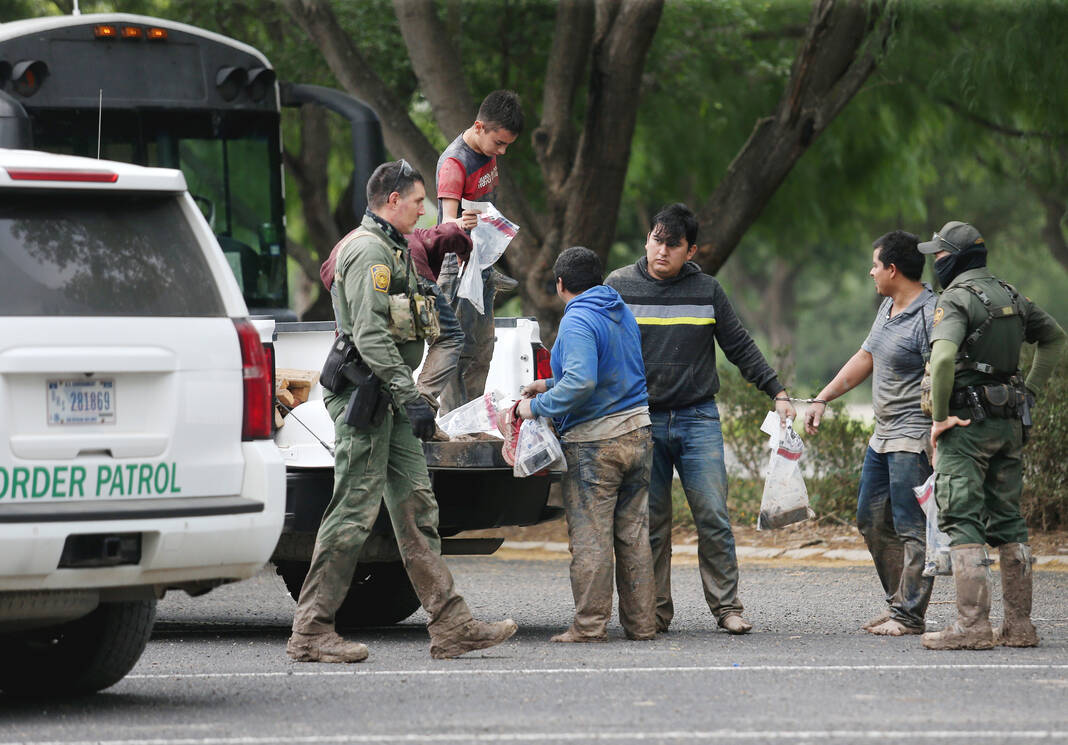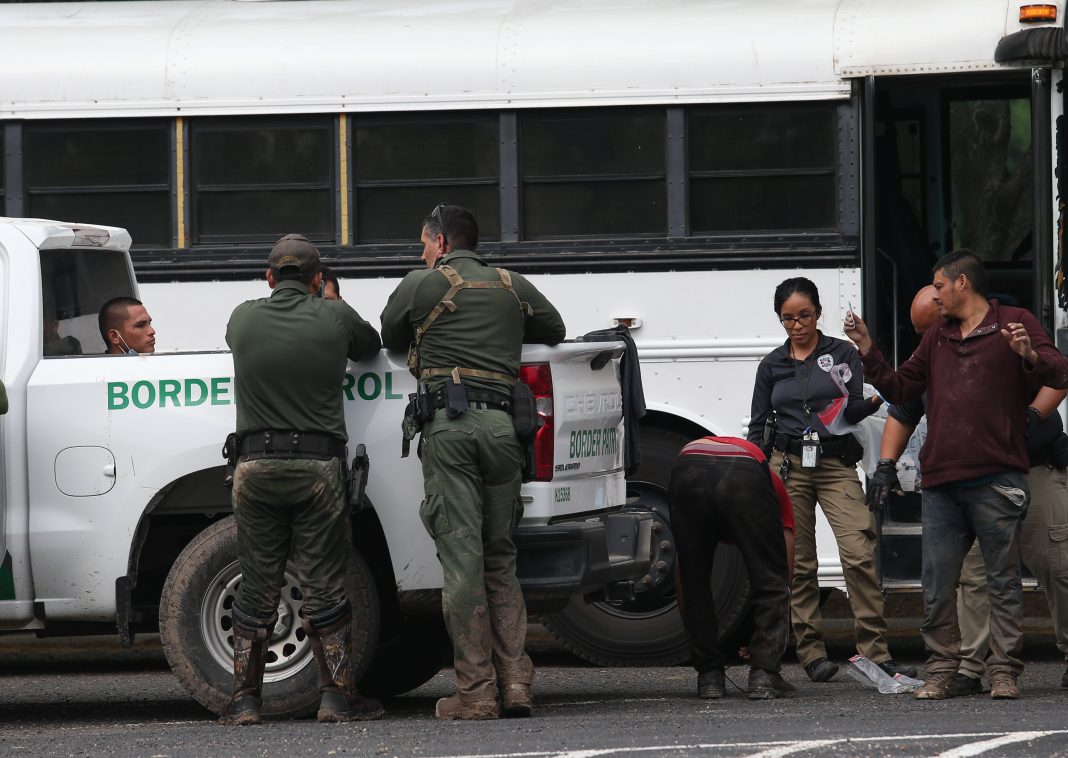Days before the U.S. potentially ends a pandemic policy at the border, an internal memo reviewed by The Monitor was sent to Border Patrol sectors indicating the agency is anticipating challenges to its detention capacity and releasing immigrants into border communities at large.
On Dec. 21, if courts do not intervene, a public health policy known as Title 42 will no longer be applied to immigrants seeking entry into the country. Instead, they will be processed under normal procedures known as Title 8. Due to the backlog of people waiting for a change to U.S. policy on the Mexican side of the border, agents could see a vast number of people try to enter the country.
Under Title 42, the U.S. border agents who currently encounter immigrants trying to turn themselves in and CBP officers approached by immigrants on ports of entry can turn many of them back to Mexico, depending on their nationalities. In the Rio Grande Valley, many of them have been people from Haiti, Venezuela and Central American countries.
Under the authority of this policy, Border Patrol agents and CBP officers across the country have used this process more than five million times to send people back to Mexico since 2020. However, many of those sent back attempted to enter multiple times.
On Friday, Dec. 9, U.S. Border Patrol Chief Raul Ortiz sent a memo to sectors indicating that they will need to release people to communities once all traditional forms of release or transfer are exhausted. If detention space at Border Patrol, ICE, and shelter space of nongovernmental organizations runs out, immigrants will be released into the communities into which they are held by Border Patrol.
Border Patrol agents will still continue to evaluate immigrants and they were instructed to release only those who cleared the processing.
The releases will then happen after a headquarters’ director is notified.
A request for comment from Border Patrol went unanswered.
Releases are not just a product of logistical complications; federal guidelines mandate a 72-hour processing period under Border Patrol custody.
If too many people are released too quickly, the resources of local communities could be stretched thin.
This form of release has overwhelmed local communities. Last year, when CBP ran out of holding space, they created outdoor processing facilities that were too hot for families, released immigrants without an immigration court date, and filled the Rio Grande Valley’s largest shelter when it reached its maximum holding capacity.

Although Border Patrol anticipates the number of people crossing into the country to increase, the Rio Grande Valley sector, along with others, have taken action to increase holding capacity and add personnel strictly for handling processing duties. Meanwhile, the city built an outdoor shelter at Anzalduas Park to add shelter space and nonprofit organizations created a network to communicate needs and enlist additional churches for shelter space as they did in 2021.
The release of immigrants from federal custody to nongovernmental organizations in the Rio Grande Valley are low, according to the latest data obtained by The Monitor from the city of McAllen.
The last two weeks of data reported by Catholic Charities of the RGV to McAllen suggests the average number of people released on a daily basis is 200, compared with Aug. 3, 2021, when the government released nearly 2,000 per day.
“We still have Anzalduas ready,” Javier Villalobos, McAllen’s mayor, said Tuesday night about the shelter space added last year. “We never dismantled because we knew, we knew at a certain point in time Title 42 was going to be lifted.”
Not all border communities are as prepared.
Immigrants are also received in the city of Brownsville, where the Ozanam shelter provides migrants overnight care and transportation to the airport or bus station.

This year, the shelter operated in an understaffed capacity and ran out of some supplies to provide warm clothing in the colder winter months.
Immigration patterns shifted west from the Valley and toward Del Rio in June, then El Paso in August. On Tuesday, El Paso reported over 1,200 people were released and about 300 were “street” releases.
Attempts to keep Title 42 in place continue in court where the Biden administration’s Department of Justice filed an appeal to the D.C. court’s Nov. 15 decision to end its implementation. Texas filed a motion to intervene on Dec. 7 to keep Title 42, too.
Separately, Gov. Greg Abbott initiated Operation Lone Star in March 2021. It's a state effort to address immigration along the Mexican border.
The program has proven costly and controversial. In the most recent Texas Senate Committee on border security, the Texas Division of Emergency Management said the Operation Lone Star transportation program, which buses migrants from border cities to democratic “sanctuary cities” on the East Coast, incurred a cost of $26-million in taxpayer money for 300 buses, so far.
“A lot of people see it as political. For us, we see it as necessary and beneficial, because our area is safe and we want to continue for it to be safe,” Villalobos said.
Currently, immigrants who are released from federal custody in the Valley purchase their own plane or bus tickets. At times when releases are high, tickets become scarce and transportation lags. The state bussing program would subsidize the cost but could expedite the process, the McAllen mayor said.
“If the governor can assist to transport them to the general area that they want to be, I really welcome it because at the end, it's beneficial to the immigrants, too,” Villalobos said. “Unfortunately, what I don’t like is the expense of the taxpayer.”
Villalobos is hoping changes are made in the long run to avoid overtaxed resources in the Valley, but he said the matter is out of his hands.
“We need immigration reform, and that’s not going to happen here on the border,” Villalobos said. “It’s going to happen over there in Washington. So, the more we can extend, the better.”




